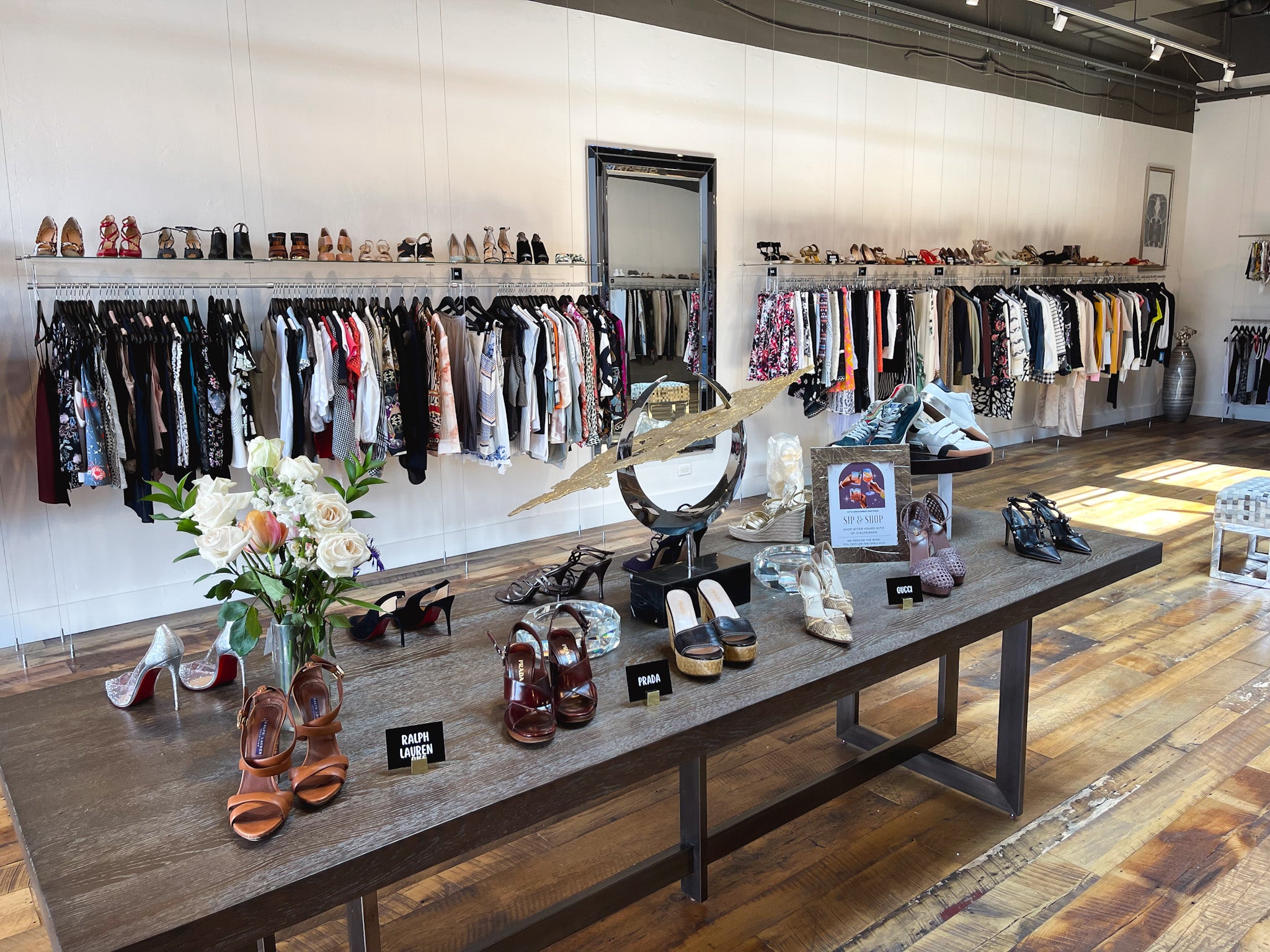Revealing the Secrets Behind Affordable Boutique Fashion
Revealing the Secrets Behind Affordable Boutique Fashion
Blog Article
A Deep Study the Globe of High-Fashion Runways: Understanding Garments as Art
High-fashion paths have arised as fields where apparel transcends its practical beginnings, evolving into a sophisticated form of artistic expression. Designers, similar to masterful artists, weave intricate narratives through form, fabric, and shade, redefining and challenging traditional standards elegance criteria. These programs are extra than plain display screens; they are immersive experiences, where every stitch and joint narrates abundant with cultural importance and avant-garde technology. As we discover these sartorial eyeglasses, we must ponder: what duty does style play in shaping societal worths, and exactly how does it reflect the ever-changing tapestry of human feeling and identification?
The Evolution of Runway Shows
The trajectory of path shows has changed substantially over the decades, evolving from special sector events to exciting spectacles that mix style with art. Typically, path shows made love events, held in ateliers or little venues, mostly attended by purchasers and sector insiders. These early discussions focused on the garments' craftsmanship and business practicality, using a sensible and direct screen of seasonal collections.
As the fashion business expanded, the nature of runway programs started to transform. The 1970s and 1980s marked a turning point, with developers looking for to distinguish themselves through even more staged presentations. This age saw the surge of elaborate sets, choreographed designs, and thematic stories, heralding a new age where the runway ended up being an experiential system. The shows changed right into a kind of narration, where each collection conveyed a distinct narrative or idea.
Recently, innovation and social media sites have actually better revolutionized path programs, making them obtainable to an international target market. Livestreaming and electronic platforms have democratized style, permitting fanatics worldwide to witness these occasions in real-time (boutique fashion). This development shows a wider cultural shift, where high-fashion runways act as a vibrant junction of design, performance, and development
Designers as Visionary Artists
How have developers transcended their functions to become visionary musicians? Developers in the high-fashion industry have actually obscured the lines between useful garment production and the conceptual world of art. This improvement appears in the means they approach their collections, not simply as clothes but as extensive expressions of feeling, culture, and identification. By accepting artistic techniques such as sculpture, painting, and progressive setups, designers craft garments that test conventional style norms and boost them to art forms.
Visionary designers draw ideas from a myriad of sources, consisting of abstract art, historical recommendations, and individual stories. They possess an one-of-a-kind ability to picture and materialize ideas that press the boundaries of conventional fashion, frequently redefining visual standards while doing so. This innovative resourcefulness is showcased through dramatic silhouettes, ingenious products, and intricate craftsmanship, which invite customers to experience style as even more than just wearable items.
Furthermore, the path functions as a canvas for these musicians, where lights, music, and set design coalesce to create immersive experiences. These presentations are not just display screens of clothing but are orchestrated performances that evoke emotion and provoke thought, sites verifying the designer's function as a real artist in the contemporary cultural landscape.
Social Impacts in Fashion
Cultural tapestry weaves its intricate patterns into the textile of style, influencing developers around the world. The vibrant interchange of cultural stories, practices, and signs informs and inspires collections that poise high-fashion runways.
The influence of society on fashion is usually seen in the reinterpretation of standard garments and patterns. For example, using Japanese kimonos, Indian saris, or African prints in modern style reflects a blend of social credibility and modern-day aesthetic appeals. Designers such as Valentino's Pierpaolo Piccioli and Alexander McQueen's Sarah Burton have actually been known to integrate rich cultural concepts right into their couture collections, equating background right into wearable art.

Advancement in Material and Style
Advancement in material and design constantly reshapes the landscape of high-fashion, pressing limits and redefining possibilities. Developers are increasingly discovering the combination of technology, such as 3D printing, which permits visit their website for the production of complicated structures that were formerly inconceivable.
The fashion market is observing a surge in the use of green products, derived from recycled plastics, organic fibers, and even naturally degradable elements. Developers are embracing these materials to craft garments that are both visually striking and mindful of their ecological footprint.
In terms of style, progressive shapes and speculative kinds are continuously transforming the path. By integrating cutting-edge techniques and non-traditional materials, developers grow garments that obscure the line in between fashion and art, setting new requirements for imagination and expression in the high-fashion ball.
Effect of Fashion on Society
Fashion wields a profound impact on culture, acting as both a representation of social identification and a driver for social modification. With its development, fashion has mirrored social changes, enveloping the zeitgeist of different ages. The flapper gowns of the 1920s symbolized a newfound feeling of females's liberation, while the bold prints of the 1960s echoed the cutting edge spirit of the time. High-fashion runways, particularly, work as systems for tough standards and redefining appeal requirements. Designers make use of these locations to deal with pushing social problems, from sustainability to diversity, thereby forming public discussion.
In addition, fashion has the power to bridge social spaces, cultivating understanding and recognition among varied teams. As globalisation speeds up, the cross-cultural exchange of style ideas comes to be progressively substantial, promoting inclusivity and variety. The rise of streetwear, stemming from urban subcultures, shows just how fashion can go beyond socio-economic boundaries, approving people a way of self-expression and empowerment.
Essentially, fashion is not simply concerning looks; it is a dynamic pressure that affects values, mindsets, and social progress (boutique fashion). By continually interacting with social and social currents, fashion continues to be an important component of the collective human experience

Verdict
Designers, akin to visionary musicians, coordinate collections that show identity, emotion, and social stories, challenging traditional aesthetics. This junction of fashion and artistry not just mesmerizes audiences globally however also affects social understandings and advertises a much deeper recognition for cultural variety.

Cultural tapestry weaves its elaborate patterns into the textile of style, influencing designers internationally.Style possesses a profound influence on society, serving as both a representation of social identification and a catalyst for social modification.
Report this page